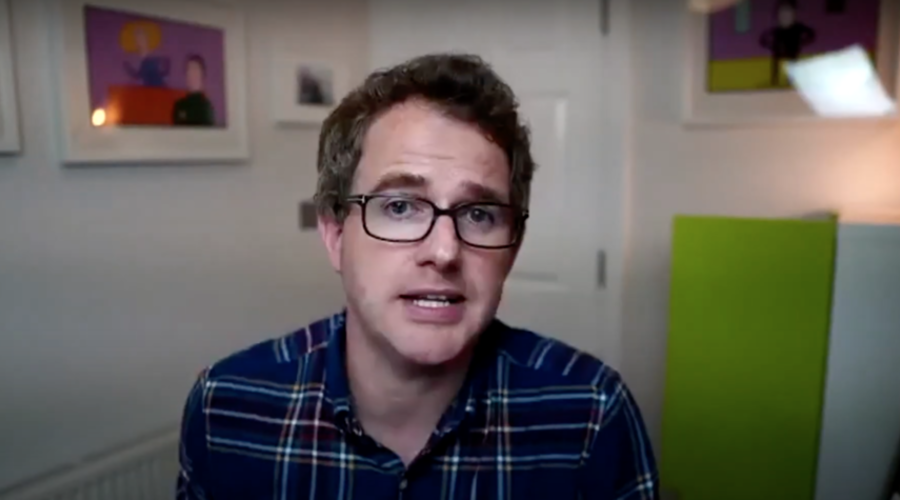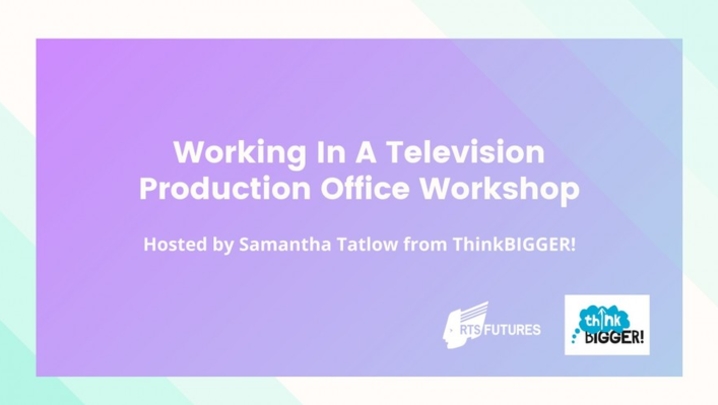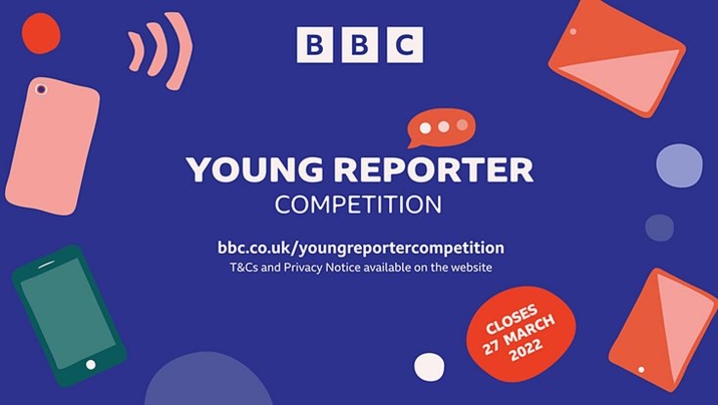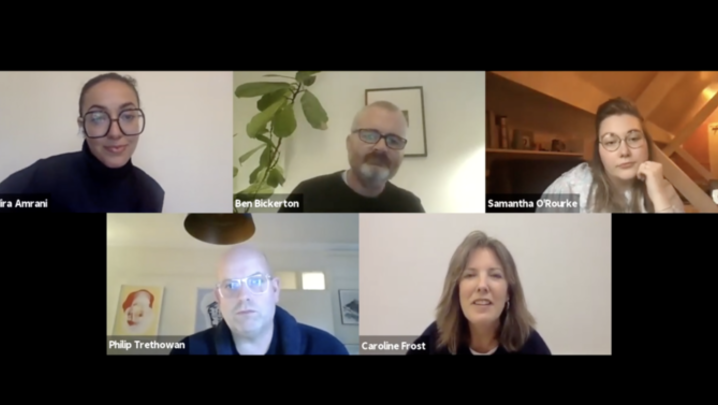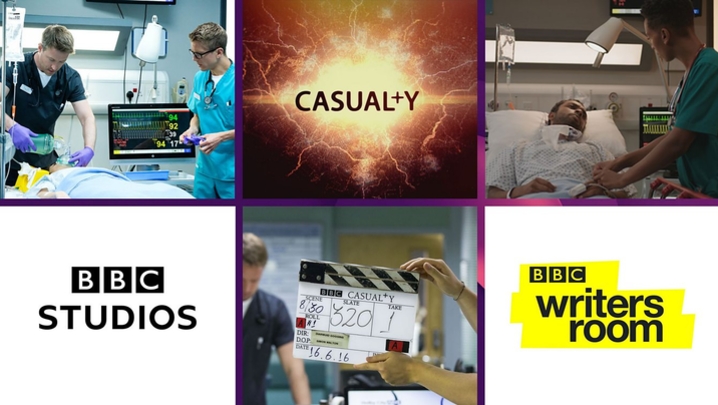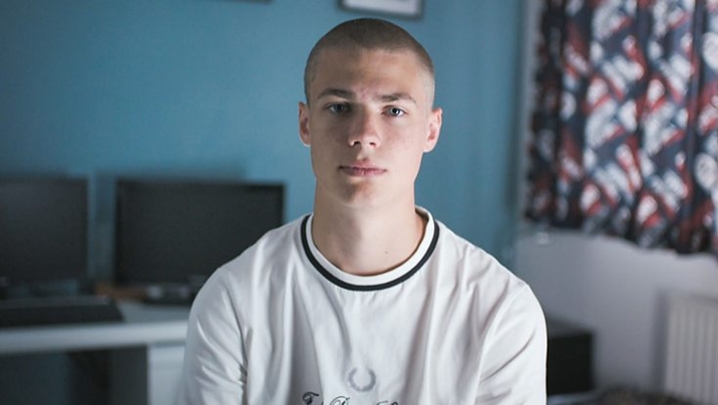With so many people having access to a smartphone, creating high-quality TV reports and packages has never been easier.
For BBC News video journalist Dougal Shaw, capturing stories alone is a lot easier with just a phone.
“You’re not very nimble with a normal camera and all the equipment… and with news output people don’t know the difference between footage filmed on a phone and footage filmed on a camera,” he said.
Shaw also recognised that interviewing people with a big camera can be intimidating, whereas a smartphone feels more natural.
Reporter Vivien Morgan, who has worked on BBC current affairs programme Panorama, said it is important to plan a script: “Storytelling is about getting things right.
“Your story needs to be watertight… think about how the words and pictures go together.”
Freelance journalist Toby Sadler, whose outlets include ITV News, enjoys filming with a phone because it allows him to be “immediate and spontaneous”.
He offered handy tips for video journalists: ensure you have a spare battery and enough phone storage; make shots long enough so they can be edited; and don’t use zoom because it leads to a pixelated image.
“Use a variety of shots to make a sequence more interesting,” he recommended.
“If a sound is ruining a shot, move, turn it off, or give it context… also you can do so much with LED lighting – it raises the quality of your footage.”
And filming is not the only skill video journalists require. “Learn both filming and editing – the two skills reinforce each other,” said Shaw, who recommended Final Cut Pro for editing.
Morgan offered reassurance that mobile journalism is “a wonderful creative process and you’ll get better as you repeat it”.
The RTS Futures webinar, ‘An introduction to mobile phone journalism’, was held on 4 June, and chaired and produced by Ed Gove.


